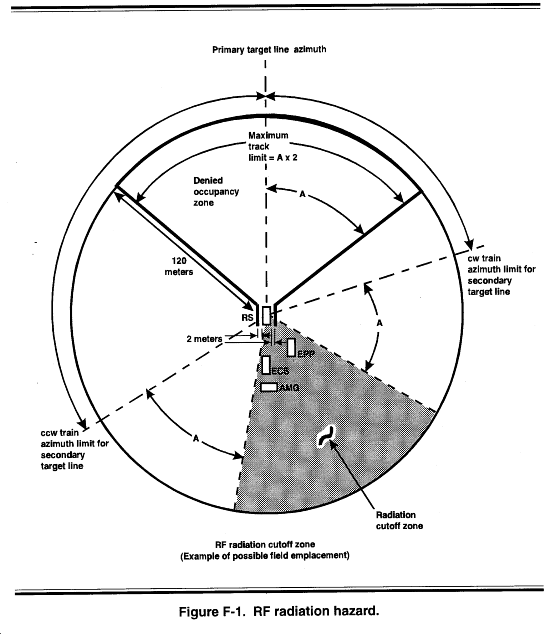APPENDIX F
SAFETY
This appendix provides examples and guidelines concerning safety issues prior to or during combat operations. It also provides some basic rules of safety. Commanders or their representatives must ensure that safety is an ongoing process during wartime, as well as during peacetime training. Each unit must refer to basic regulations and directives for additional information.
ADMINISTRATIVE
Commanders and leaders must be involved in the function of safety in their unit. The following are some administrative safety considerations.
SOPs
The commander must ensure that the safety annex of the unit tactical SOP is current and covers all field training operations.
The commander and or safety officer must be familiar with the safety portions of the SOPs.
RESPONSIBILITIES
The commander ensures that adequate provisions for safe practices, procedures, and physical standards are incorporated into unit functions, activities, exercises, and combat operations. The unit safety officer must keep the commander informed of the unit safety status by reporting all accidents, injuries, and incidents, and recommending corrective actions.
RISK MANAGEMENT PROCESS
Every training exercise or combat operation carries with it inherent risk. Identifying, evaluating, and reducing risk are leader tasks. The following are methods for evaluating risk:
- Risk identification. What is risky versus what is not.
- Risk evaluation and quantification.
How great the risk is.
- Risk reduction. How the risk can be reduced.
- Risk decision making. Determine the priority of the risk.
- Risk decision follow-up. Determine what the risk is and how essential it is.
VEHICLE MOVEMENT AND CONVOYS
Vehicle movements and convoys require leaders to think about safety. The following list is not comprehensive, but is meant to be a start for building a complete safety list for movements:
- Basic issue items must be on every vehicle in convoy.
- Operators and assistant operators must perform before-, during-, and after-operation PMCS with each movement.
- Radio antennas must be properly tied down.
- Commanders must ensure that operators have been trained to operate vehicles in adverse weather and difficult terrain.
- Operators must be provided with adequate rest (8 hours rest per 10 hours of driving).
- All vehicle occupants must use available seat restraints
- Ground guides must be used when appropriate.
- Sleeping in, under, and or near running vehicles is prohibited, as death may result due to carbon monoxide poisoning or accidental movement of the vehicle.
- Fire drills must be practiced on all vehicles.
SAFETY FROM RF RADIATION HAZARDS AND LAUNCHER BACKBLAST
Patriot equipment represents a significant threat to safety if procedures are not properly adhered to. The following list, also not comprehensive, is a look at some things leaders must consider when operating Patriot equipment:
- Personnel will remain more than 120 meters in front of the radar at all times (see Figure F-1).
- Fire control personnel will conduct a visual inspection of the radar to ensure all crew members have vacated the area before placing radar in the remote mode.
- RF radiation warning signs will be posted at the right and left limits of the radar hazard area to warn personnel of the required control measures.
- In all cases of RF radiation exposure or suspected exposure, the affected personnel should be evacuated without delay to the nearest medical facility for an examination by a physician.
- Personnel will never be within 90 meters of a launcher without the TCO knowing because of the extremely hazardous backblast of a Patriot missile.
|
NEWSLETTER
|
| Join the GlobalSecurity.org mailing list |
|
|
|


